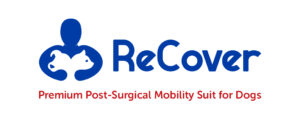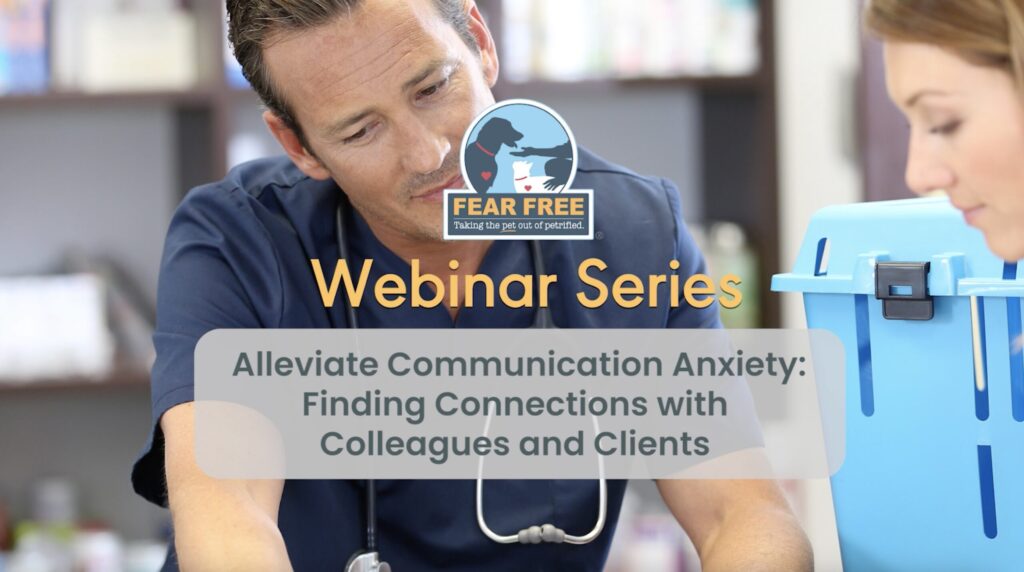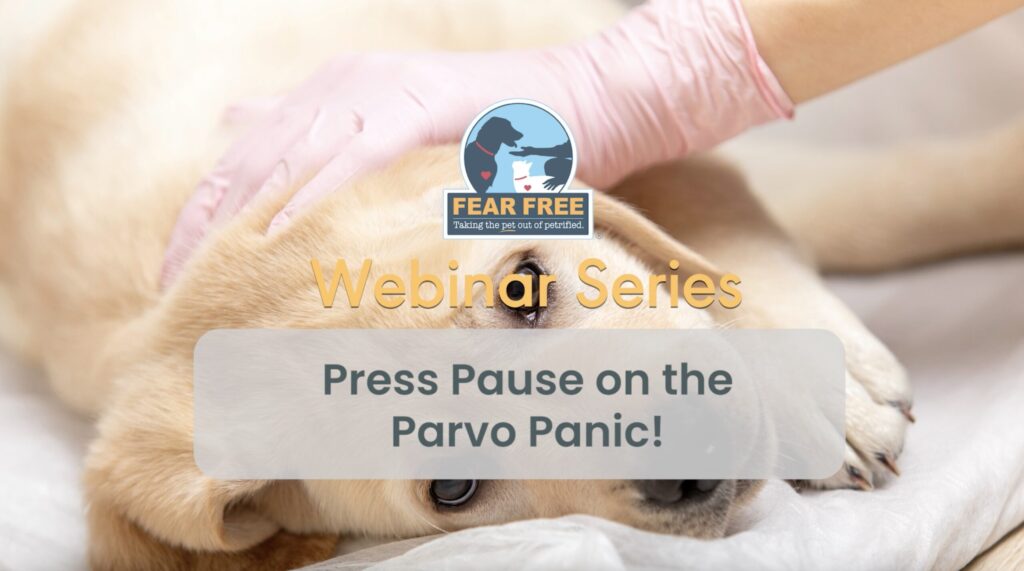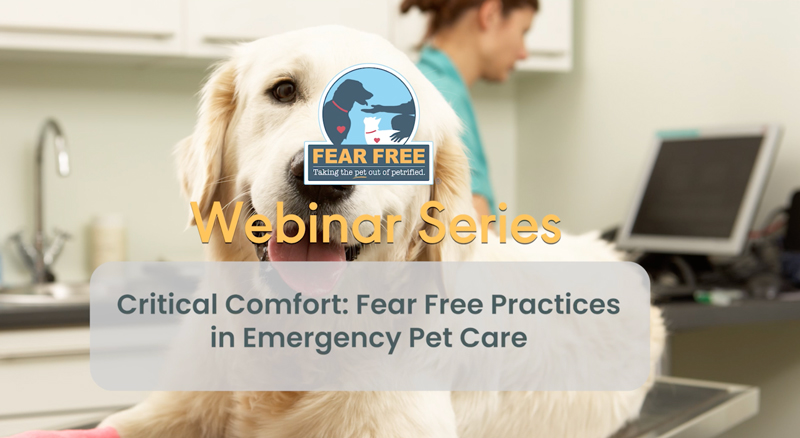
Endocannabinoid System in Dogs & Cats: A Complete Overview
Have you ever wondered how pets stay healthy or what manages their sleep, stress, or pain? Much of it has to do with something called the endocannabinoid system in dogs and cats. Pets have this internal network in their bodies, just like us humans. This system is intimately involved in everything from mood to appetite to immune function and more.
Understanding the endocannabinoid system, or ECS, in dogs and cats is cool because it opens new ways to help them stay happy and healthy. Scientists and vets are learning more about this system and finding better ways to help our furry friends. It’s a big deal in pet care and veterinary medicine, making a huge difference in the lives of many animals and their owners.
Introduction to the Endocannabinoid System (ECS)
The endocannabinoid system is crucial to how our bodies—and those of dogs and cats—maintain balance. It’s the body’s natural way of ensuring that mood, appetite, and health are all held in check.
This system relies on a network of cannabinoid receptors found throughout the body. The cannabinoid receptors react to natural substances in the body called endogenous cannabinoids. What’s even more interesting is that these receptors also react to plant-based cannabinoids found in the hemp plant.
Endogenous cannabinoids help the body balance itself by influencing how cells work. This includes helping manage different physiological processes, such as mood, pain response, metabolism, and immune function.
Then, special enzymes break down the cannabinoids. These enzymes stop the action and keep everything in balance. The whole cycle keeps the body’s systems working well, helping with overall health.
Understanding the ECS in Pets
Diving deeper into how the endocannabinoid system works in pets, we find it’s all about balance or homeostasis. Think of it as the body’s natural way of keeping everything in perfect harmony. When something’s off, like if your client’s pet is feeling stressed or in discomfort, the ECS steps in to address the issue.
This system is about more than just responding to problems, though. It’s always active, helping to regulate things like mood, sleep, and appetite. Whether it’s a dog chasing a toy or a cat lounging in the sun, the endocannabinoid system is working behind the scenes.
In addition, scientists think this system might be similar in all mammalian species. This includes horses, rabbits, monkeys, dolphins, elephants, and even sea urchins, to name a few. So, studying canine and feline patients could help us find new ways to utilize the endocannabinoid system in veterinary medicine.
The Role of the ECS in Maintaining Homeostasis
As we’ve already mentioned, the endocannabinoid system plays a huge role in maintaining homeostasis or balance. Homeostatic balance is all about keeping things in the body steady and stable, no matter what’s happening outside. For pets, this means their mood, body temperature, and energy levels stay just right no matter the situation.
The endocannabinoid system uses its network of cannabinoid receptors and natural chemicals to communicate with different parts of the body. This helps manage many functions of the body, ensuring that important physiological processes carry on without a hitch. Research is also ongoing into how the endocannabinoid system influences hindbrain structures in pets, which point to basic life functions like breathing and heart rate.
Essentially, the endocannabinoid system helps pets adjust to different situations by telling the body what it needs to stay balanced. If a pet is too hot, stressed, or even really hungry, the endocannabinoid system kicks into gear. It sends out signals to help adjust the body’s responses, whether that’s cooling down, calming down, or regulating hunger.
Cannabinoid Receptors and Their Functions
Now, let’s zoom in on a chief part of the endocannabinoid system: cannabinoid receptors. These receptors are like tiny sensors found all over the body, in both pets and people. They are present in the brain and spinal cord areas, immune cells, blood vessels, and other organ systems.
There are two main types of cannabinoid receptors: the CB1 receptor and the CB2 receptor. Differentiating between cannabinoid receptor type 1 and cannabinoid receptor type 2 is essential for understanding their roles in the body.
CB1 receptors mostly hang out in the brain and central nervous system. They are key in neurotransmitter release, affecting mood, memory, motor activities, and pain response. CB2 receptors are more abundant in the peripheral immune system and help manage inflammation and immune response.
These receptors wait for signals from cannabinoids. Among the cannabinoids, 2-arachidonoylglycerol (2-AG) and anandamide (AEA) are notable for their ability to bind to CB1 receptors. 2-AG also binds to CB2 receptors.
Furthermore, cannabinoid receptors can engage with plant-derived cannabinoids like Cannabidiol (CBD) and Tetrahydrocannabinol (THC). THC binds directly to CB1 receptors and is not typically recommended for pets as it’s mainly utilized for its “euphoric” effects on humans.
In comparison, CBD indirectly influences both CB1 and CB2 receptors. While THC is beneficial for humans, offering potential therapeutic effects, CBD is particularly suitable for pets and humans alike, providing therapeutic benefits without affecting cognition!
CB1 Cannabinoid Receptors: Locations and Functions
CB1 receptors are mainly found in the brain and nervous system. They act as the body’s mood and sensation managers, helping control emotions, appetite, and pain response.
In the brain, they are densely concentrated in areas such as the cerebral cortex (for higher thought processes), the hippocampus (for memory and learning), the basal ganglia and cerebellum (for movement and coordination), and the amygdala (for emotion processing).
CB1 receptors also extend throughout the spinal cord and the central nervous system. Their presence in the peripheral nervous system is less pronounced but still significant. In these areas, they help manage pain signals and sensations. This can help pets experiencing chronic pain or acute discomfort feel relief.
These receptors can also be found in some other organ systems. These include the gastrointestinal tract, which helps modulate metabolism and appetite and ease symptoms of gastrointestinal disorders. CB1 receptors are also found in the liver and fat tissue, where they help control how the body uses and stores energy.
Fatty acid amide hydrolase (FAAH) enzymes break down the cannabinoids bound to the CB1 receptors after they’ve done their job. This ensures that the body’s responses are appropriately regulated and temporary.
CB2 Cannabinoid Receptors: Roles in Immune Response
CB2 receptors have their main posts in the immune system. This includes areas like the spleen, tonsils, and white blood cells. But that’s not all. They’re also hanging out in the bones and skin, ready to jump into action if an injury or something else needs healing.
These receptors are key in helping manage inflammation and promote healing. When the body is injured, CB2 receptors work to calm down the response by helping reduce swelling and pain. They also aid in cell migration, which is crucial for healing. This response benefits pets with skin problems, joint pain, or any issue related to inflammation.
CB2 receptors also help strengthen pets’ immune systems, making it easier for their bodies to ward off infections. They help make immune cells more efficient at attacking germs and regulate the production of these cells. This ensures that the body defends itself without triggering an excessive immune reaction.
Enzymes are important for how CB2 receptors work, too. For instance, an enzyme called monoacylglycerol lipase (MAGL) helps break down 2-AG after they’ve worked with CB2 receptors. This makes sure the body’s immune response doesn’t go on too long or too strong.
The Impact of Cannabinoid Receptors on Pet Health
Endocannabinoid receptors play a crucial role in maintaining pet health. Each type of cannabinoid receptor works like a health manager to help maintain a happy and healthy balance in the different organ systems.
CB1 receptors help manage how pets feel and react to different situations. They play a key role in reducing discomfort and stress, making sure pets can relax and not feel too much pain. In addition, CB1 receptors can positively influence appetite, memory, and neurological health.
On the flip side, CB2 receptors are more focused on the immune system and help in reducing inflammation. Inflammation is the body’s response to injury or infection. By managing it, CB2 receptors help pets heal faster and feel less discomfort from conditions like arthritis, allergies, or autoimmune disorders.
Together, CB1 and CB2 receptors work to keep pets’ health in check, from their brain to their paws. By understanding endocannabinoid receptors, we can utilize them for pets’ overall health.
Endogenous vs. Exogenous Cannabinoids
There are two key types of cannabinoids: endogenous cannabinoids and exogenous cannabinoids. Endogenous cannabinoids, also called endogenous ligands, are produced naturally by the body. Exogenous cannabinoids, on the other hand, come from external sources, such as hemp plants.
Endogenous ligands work within the endocannabinoid system to maintain balance. Meanwhile, exogenous cannabinoids, like CBD, offer the ECS support from outward sources. They can mimic the effects of their endogenous counterparts and support the same benefits.
Understanding the interaction between these two types of cannabinoids is important for optimizing pet health. Whether the body’s cannabinoids maintain homeostatic balance or plant-based cannabinoids offer extra support, both may contribute significantly to a pet’s wellbeing.
The Effects of CBD on the Pet’s ECS
CBD has gained a lot of attention for its potential health benefits. Research suggests, in many cases, that dogs and cats experience the same benefits from cannabinoids as humans. Unlike THC, CBD doesn’t affect a pet’s cognition. Instead, it interacts with their endocannabinoid system in ways that may positively contribute to their health. That’s why, at Holistapet, we focus on crafting the best natural CBD options for pets!
When CBD enters a pet’s body, it can bind to both CB1 and CB2 receptors. This may help regulate and support various functions like mood, appetite, and discomfort. For example, nervous or scared pets might find a sense of calm, and those with physical discomfort may experience relief with CBD.
One of the most exciting things about CBD is its potential to help with various issues without causing serious side effects. It’s like giving the endocannabinoid system a helping hand, supporting the body’s natural efforts to keep everything in balance.
THC-free CBD Products: Safety and Efficacy
One big concern for pet owners regarding CBD for their dogs and cats is safety. That’s where THC-free CBD products come in. These products offer the benefits of CBD without the risk of THC’s effects. Keep in mind that THC can be toxic to pets, even in small amounts.
THC-free options aim to provide the benefits of cannabinoids while ensuring pets don’t experience any unwanted effects. This means pets can enjoy CBD’s calming and relieving benefits without worries.
Research and anecdotal evidence suggest that THC-free CBD products can effectively manage a variety of pet issues, from nervousness and stress to discomfort and appetite issues. The key is choosing high-quality, tested products, like the ones we offer, to ensure they are truly THC-free and safe for pet use.
Exploring CBD Products for Pets
CBD comes in different forms to address pet’s various needs and preferences. We’ll soon go over them in detail, but first, let’s have a quick look at the variety of CBD products available for pets:
Tincture (CBD Oil): This is a liquid form of CBD that you can measure and mix into food or give directly.
Edible Treats: These perfectly dosed CBD-infused snacks are loved by pets. They are simple to give, just like regular treats.
Topical Creams: CBD-infused creams can be applied directly to the skin to help relieve itchiness or support joint health.
CBD Capsules: Flavorless capsules filled with CBD and other ingredients, usually powder, can be split open and mixed with wet food or given whole. Capsules also work great with pill pockets or wraps.
CBD Tinctures for Dogs and Cats
CBD tinctures are convenient liquid drops designed for a pet’s wellbeing. They’re easy to use, allowing pet owners to measure out any size dose and administer it directly into their pet’s food or mouth. This method is particularly beneficial for picky eaters or pets requiring immediate relief from issues like anxiety or discomfort.
What makes tinctures remarkable is their rapid onset of action, especially when administered orally. They provide swift results, often taking effect within 30 minutes of application.
When selecting a good CBD tincture, make sure to choose a high-quality CBD product formulated specifically for pets, like HolistaPet’s CBD oils. Holistapet’s CBD pet tinctures are crafted with pure Broad Spectrum CBD Oil and Hemp Seed Oil, creating a potent concentration that offers numerous benefits for the pet. Plus, we only use 100% natural, non-GMO ingredients, guaranteeing a pristine final item.
You’ll also want to find tinctures with clear dosage instructions based on a pet’s size. Additionally, opt for products like ours that undergo third-party testing to ensure safety and efficacy. It’s wise to start with a small dose and monitor the pet’s response. You’re on the right track if they seem happier and more comfortable.
Edible CBD Treats: Benefits and Considerations
CBD dog treats and CBD cat treats are powerful snacks that contain the perfect dose in each piece. They come in flavors that dogs and cats love, making it super easy for pet owners to administer.
One of the best things about CBD treats is that they’re simple to use. Each snack contains a specific amount of CBD, so you know exactly how much the pet is getting. This is handy for making sure pets get the right amount every time. In addition to CBD, some treats may include other helpful active ingredients.
For instance, the Holistapet CBD dog treats are enhanced with targeted ingredients like L-theanine and Chamomile to promote calmness or Turmeric Root and Boswellia to support joint health. These beneficial herbs are combined with Hemp Seed Powder, which is a superfood, to ensure the pet maintains optimal health, comfort, and mood.
Choose CBD treats, like Holistapet, made with high-quality, natural ingredients without artificial additives or preservatives. If a pet owner is trying CBD treats for the first time with their pet, encourage them to start with a little and see how their pet does. You’ve found a good thing if they seem happier and more comfortable.
Topical CBD Applications for Skin, Coat, and Joint Health
Topical CBD products, like creams and balms, are great for dogs and cats with skin or joint issues. Rub these products directly onto the skin, targeting the area that needs help. CBD is absorbed locally when applied to the skin and can usher relief without entering the pet’s internal system.
CBD topicals can make moving around easier for pets with sore joints, especially older ones. Rubbing these creams on their joints can help reduce discomfort, prolonging an active lifestyle. For skin problems, CBD topicals may help soothe irritation and promote healing.
When picking a CBD topical for pets, always check that the product is pet-friendly. Some products made for humans might have ingredients that aren’t safe for pets. The product must be free from fragrances, essential oils, or other additives that might irritate the pet’s skin or be harmful if licked.
Dosing Guidelines for CBD in Pets
CBD dosing is all about starting slow and paying attention to how the pet reacts. Whether it’s for already healthy dogs, cats with joint health concerns, or pets needing support for their immune system, getting the dosage right ensures they experience all the health benefits without any issues. Encourage your clients to approach CBD dosing for pets in this way:
Start Small. Begin with a tiny dose, especially if the pet has never had CBD before. For example, you might want to start below the suggested amount and monitor the pet before you up the dosage.
Watch. Observe the pet closely to see how they respond. Do they seem more relaxed? Are they moving around easier if they were sore before?
Wait. It is advisable to keep the initial dose for at least a week, as CBD can take time to show effects in some pets.
Adjust as Needed. Trying a slightly higher dose might be okay if you don’t notice any changes after some time. Like people, pets react differently to CBD.
Talk to the Vet. As their trusted veterinarian, you can give advice based on the pet’s specific health and needs before starting the pet on CBD.
Remember, every pet is different, so what works for one might not work for another. For more guidance on CBD dosage for pets, you can check out Holistapet’s CBD Dosing Guide. For additional pet CBD-related information you can trust, check out more through https://www.holistapet.com/.
The Significance of the ECS in Dogs
The endocannabinoid system is important in canine species because it helps them stay healthy and feel good. This system is all about keeping things balanced for dogs, the same as for humans. It’s like a system working quietly inside pets, looking after how they handle pain, emotions, and illnesses.
Cannabinoid receptors are found throughout a dog’s body, which means the system can affect many different parts of its health. The ECS also helps keep a dog’s immune system strong, which is important for keeping them well, especially as they age.
How the ECS Contributes to Dogs’ Health
The endocannabinoid system plays a huge role in keeping dogs healthy. It acts like an internal support system that manages different body processes.
It’s especially important for helping dogs deal with discomfort. When dogs are in pain, maybe from running around too much or because of joint issues, the endocannabinoid system steps in to soothe their soreness.
The endocannabinoid system also helps dogs regulate their emotions, making stressful situations easier to handle. Dogs that feel anxious or stressed, whether from loud noises or being alone, can gain relief through the endocannabinoid system.
This system also plays a role in the digestive system, making sure dogs can digest their food properly without issues. Plus, it supports immune function to fight off sickness.
In short, the endocannabinoid system is critical for maintaining a dog’s health in various ways. By understanding and supporting this system, perhaps through the safe and targeted use of CBD products, we can greatly enhance dogs’ quality of life.
Research Insights: ECS and Canine Conditions
Studies in veterinary medicine are finding out how the endocannabinoid system can be a game-changer in addressing health conditions in canine species. Research points to the endocannabinoid system as a possible therapeutic target in dogs.
Studies have shown that activating the endocannabinoid system can help soothe arthritis symptoms in dogs. This is big news for canine patients who suffer from chronic conditions, as it offers a potential new way to help improve their quality of life.
Moreover, the endocannabinoid system is being looked at for how it can help with issues in the nervous and immune systems. Keeping everything balanced with the endocannabinoid system might be the key to addressing all sorts of conditions, from stress behaviors to illnesses where the body attacks itself.
The ECS in Cats: Insights and Research
Research in veterinary medicine regarding the endocannabinoid system in cats is still growing, but what we know so far is pretty exciting. It shows that the endocannabinoid system can help cats in many of the same ways it helps dogs.
For example, it can help ease their pain, help them stay calm, and aid their immunity. In addition, the endocannabinoid system helps keep endothelial cells healthy, which is good for cats’ heart health. All these show how the ECS affects many parts of a cat’s health.
Further studying the molecular characterization of cannabinoid interactions within the endocannabinoid system can help us find better health solutions for pets. Using the endocannabinoid system as a guide, we can potentially uncover more ways to keep our feline friends healthy and happy.
Unique Aspects of the Feline ECS
Using CBD for cats can be a good way to help them cope with stressors, deal with discomfort, or simply stay healthy. But since cats are different from dogs and people, we must be careful about how we use CBD with them.
First, it’s important to pick the right CBD product for cats. This means choosing something, like Holistapet’s CBD cat treats, that’s made especially for felines and doesn’t have any THC. Even small amounts of THC can be toxic to cats. Next, you’ll want to work with your clients to choose an option with healthy ingredients and a flavor that their cat prefers. This is important because cats can be selective with what they eat, and you want to provide a healthy option they’ll enjoy.
Holistapet CBD cat treats are felines’ favorite, featuring a delightful salmon or chicken flavor they love. Their grain-free treats are crafted with natural ingredients and are free from gluten, dairy, artificial colors, and preservatives. They contain no wheat, animal by-product meal, corn, artificial flavors, or colors. We believe that a healthy cat is a happy cat.
Last but certainly not least, the amount of CBD we give to cats matters a lot. That’s why Holistapet’s cat treats contain exactly 2mg of broad-spectrum CBD, ensuring the perfect increment for dose management. The best approach is to start with a very small dose and watch how the cat reacts. If they seem to feel better, that’s great! If not, work with your client to advise on the best dose and even suggest specific CBD products that are safe for cats.
Final Thoughts – Endocannabinoid System in Dogs & Cats: A Complete Overview
Understanding the endocannabinoid systems in dogs and cats is essential to ensuring their optimal health and happiness. From assisting with stress and discomfort to supporting their overall wellbeing, the endocannabinoid system is key.
Using CBD carefully, with attention to the right products and doses, may support this system. To get started, you can visit Holistapet’s shop to see their line of quality CBD products for pets. Always remember to start small and watch how the pet reacts. By learning more about the endocannabinoid system and how to support it, we can help our furry friends lead happier, healthier lives.
Original post
Brought to you by our friends at Holistapet.
This article was reviewed/edited by board-certified veterinary behaviorist Dr. Kenneth Martin and/or veterinary technician specialist in behavior Debbie Martin, LVT.
Want to learn more about Fear Free? Sign up for our newsletter to stay in the loop on upcoming events, specials, courses, and more by clicking here.
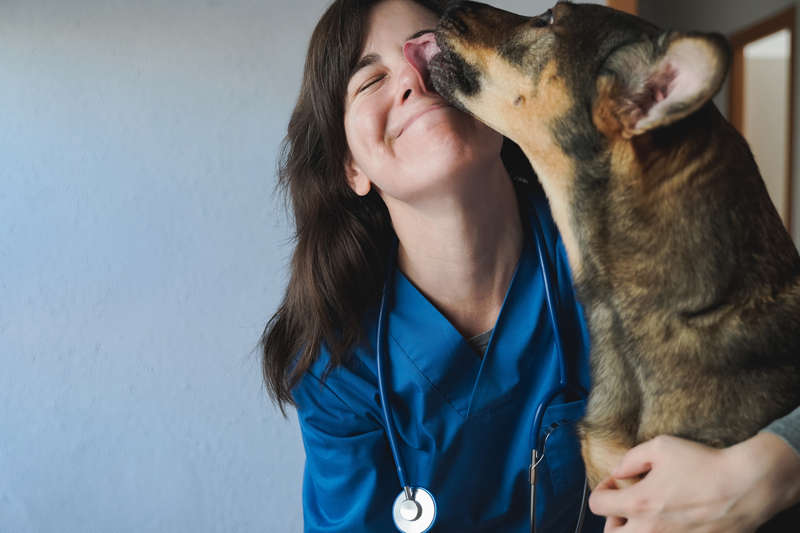



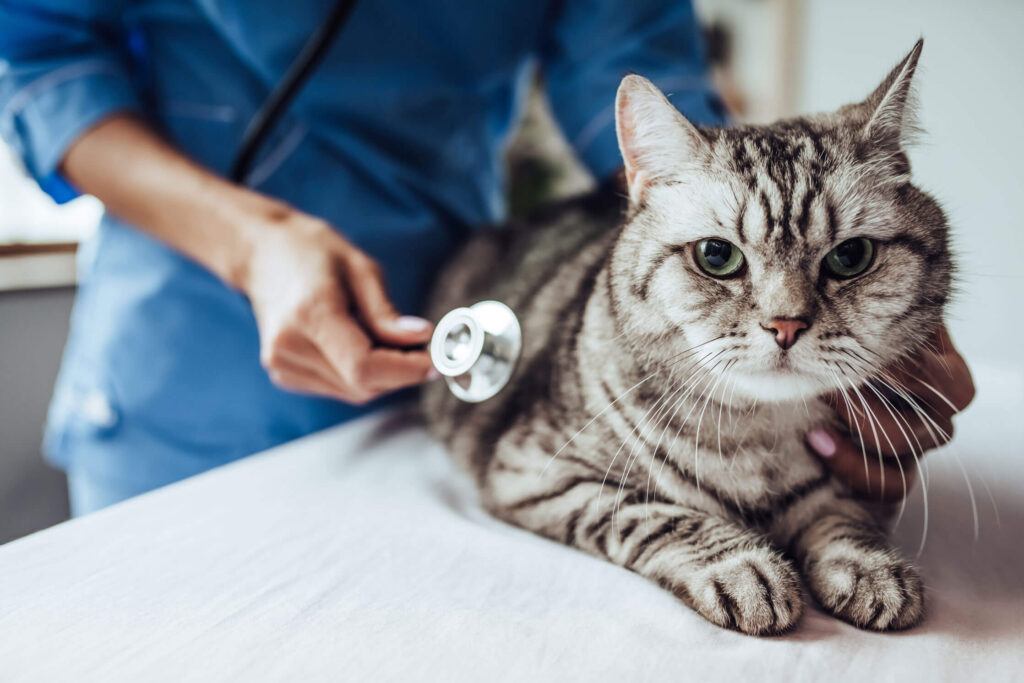

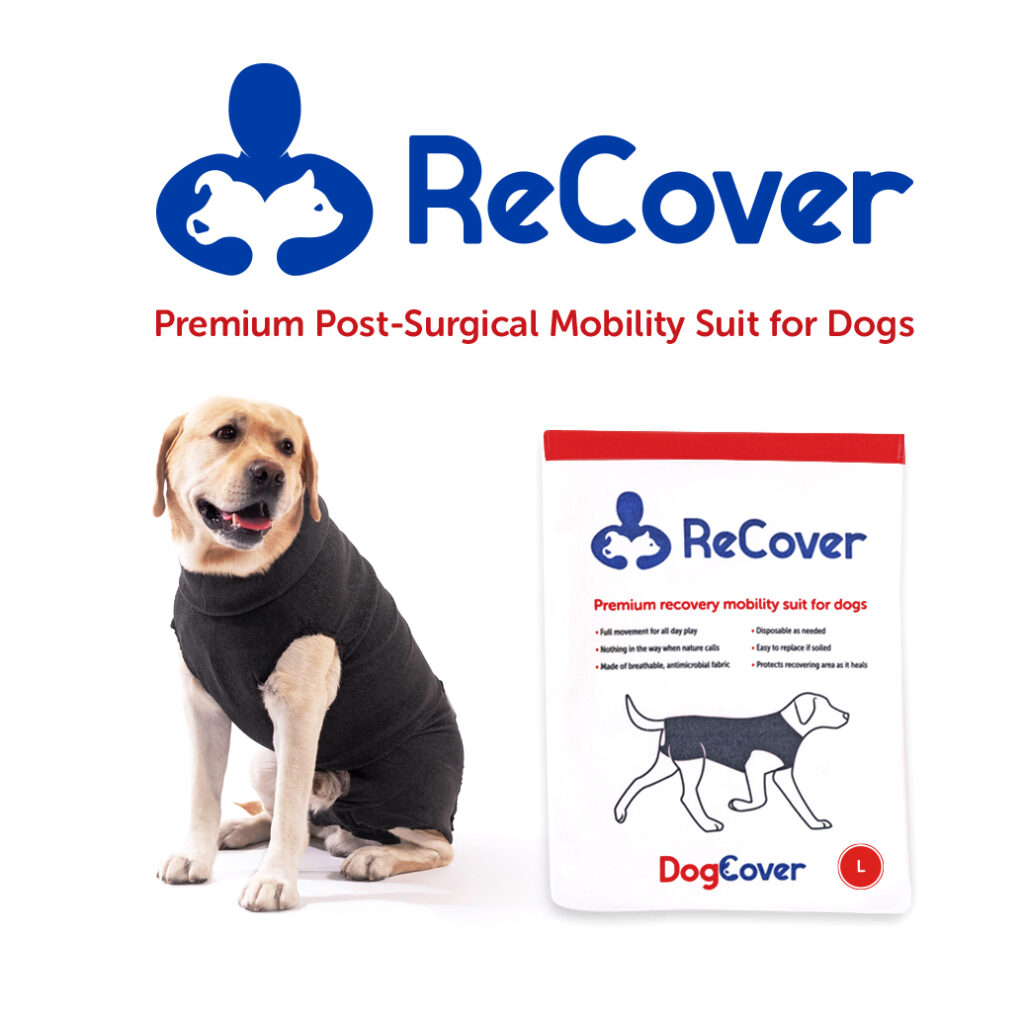
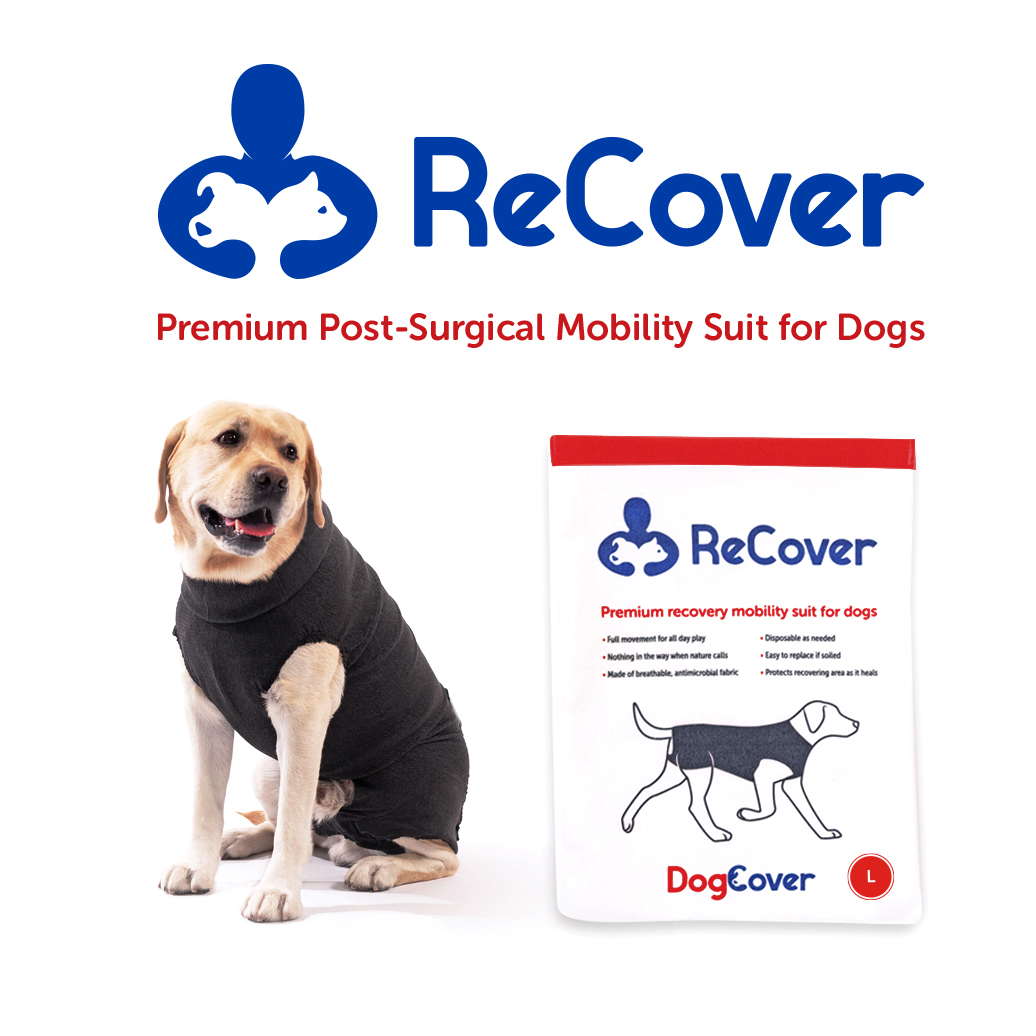 Positive social connections are known to improve human health, so might this be true for dogs as well? Like us, dogs experience the same surge of stress-reducing oxytocin during canine-human interactions.
Positive social connections are known to improve human health, so might this be true for dogs as well? Like us, dogs experience the same surge of stress-reducing oxytocin during canine-human interactions.
